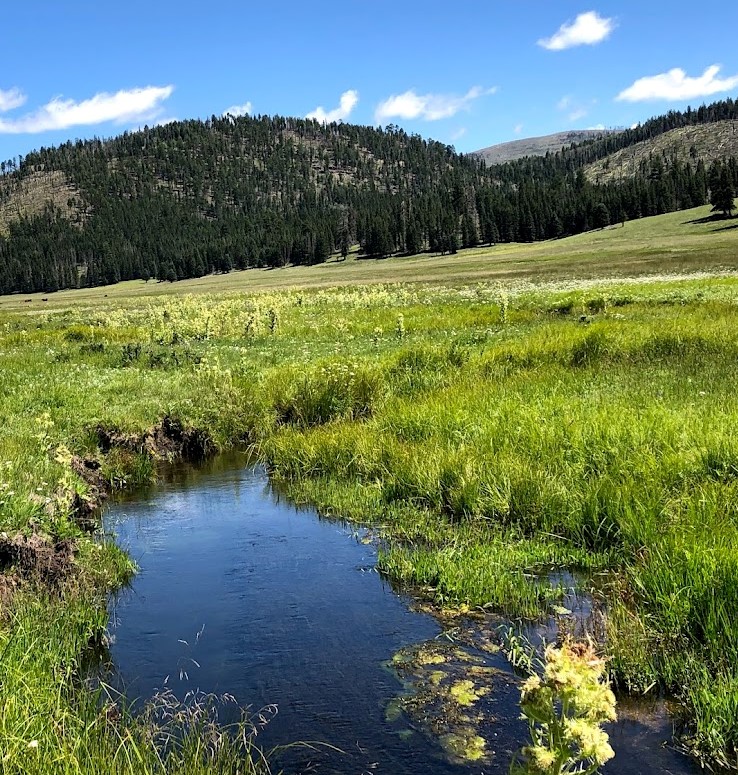Australian Story 1 Related to the Energy Transition
I’m from Australia, and my home state is South Australia. It’s a large state in area but only 1.8 million in population. But South Australia leads the world in electricity that comes from wind and solar, the main renewable energies. It’s a strange and remarkable story that I’ve reported to Forbes.com, but it’s worth sharing with my website followers as well. Elon Musk is in the story.
Electrical blackout in 2016.
South Australia had only one coal-fired power plant in Port Augusta which burned brown coal from a mine in Leigh Creek. This stopped providing power in May 2016, as solar and wind renewables picked up in the state. In September 2016 a hiccup occurred in South Australia’s transition from coal to wind and solar, when the entire state suffered a blackout for several hours and a day or so in some places. A mini-hurricane blew in from the west and knocked over several transmission towers near Port Pirie. The strain on the entire system was perceived to be too great so the operators turned off the power across the whole state.
I was there when it happened. We met friends for dinner at a large hotel, with its own generator. There was excitement in the air, as happens in times like this. After dinner, we drove home through streets that were black. No street lights, no house lights. Only occasional car lights on back streets. It felt like the end times.
Since this was a serious event that affected everybody in the state, there was a reaction. Businesses were affected and one such was the blast furnace in Whyalla where hot liquid iron was frozen in its channels, and it cost a lot of money to restore the operation. Some businesses wanted the power plant in Port Augusta to be restored but the state government axed that plan.
Some time after this, Mike Cannon-Brookes, an Australian tech billionaire, placed a bet with Elon Musk about whether he could build a large grid battery that would protect the state from future blackouts. The result? Tesla constructed the Hornsdale battery (Figure 1) to store power fed by onshore wind farms that had replaced the Port Augusta coal power plant. This grid-sized battery was built just 35 miles from the small town of Jamestown, where I grew up.

A revolutionary idea in the search for renewable resilience, the 100 MW big battery was called the Tesla battery until it was bought by Neoen, and it was the largest in the world. It was expanded to 150 MW in 2019. One concern was how long a big battery could provide power in case of a disruption. The latest big batteries can provide full power for about four hours or half power for eight hours and can at least get most of their constituents through emergencies such as this one in South Australia.
South Australia, with a population of only 1.8 million, made a remarkable comeback in renewables after 2016. It now has five big batteries and is getting over 70% of its electricity, on average, from wind and solar and batteries. A few weeks ago, South Australia went a whole week on 100% on renewables for their electricity supply. In only 16 years they have come from virtually no renewables to lead the world in electricity from renewables. The country of Denmark is second.
Australia-wide batteries
Australia has had a strong history of grid batteries since the first one built in 2016 at Hornsdale in South Australia, the largest in the world at that time. Australia recognized early that a combination of wind, solar, and batteries has deep benefits. As coal-burning power plants close, federal and state governments have been putting contracts out to tender to support renewable forms of power.
BlackRock’s Akaysha Energy is building an 850 MW/1,680 MWh Waratah Super Battery where the coal-fired Munmorah Power Station is being shut down. At the Liddell site shutdown, AGL Energy has won a tender for a 500 MW/1,000 MWh battery. Akaysha has also won a tender for a 415 MW/1,660 MWh at Orana, in the central west of NSW.
Just to be clear about the numbers: 850 MW/1,680 MWh means the battery can supply power for about 2 hours (1,680/ 850).
2023 was also a record year for grid batteries in Australia, with investments totaling close to $5 billion in 2023 compared with $2 billion in 2022. Twenty-seven grid batteries were under construction in 2023 for a total of 5 GW/11 GWh, compared with nineteen projects in 2022 at 1.4 GW/2 GWh.

More info on the role of batteries in the energy transition can be obtained from my new book, “How Oil and Gas Companies are Pivoting Toward Climate Change,” Cambridge Scholars Publishing, 2024.
https://www.cambridgescholars.com/product/978-1-0364-0563-2
Sending best wishes from a beautiful fall day in Albuquerque, New Mexico.
+++++++++++++++++++++++++++++++
Again Jesus spoke to them, saying, “I am the light of the world. Whoever follows me will not walk in darkness, but will have the light of life.” [John, Chapter 8]
Discover more from Ian Dexter Palmer Ph.D
Subscribe to get the latest posts sent to your email.
